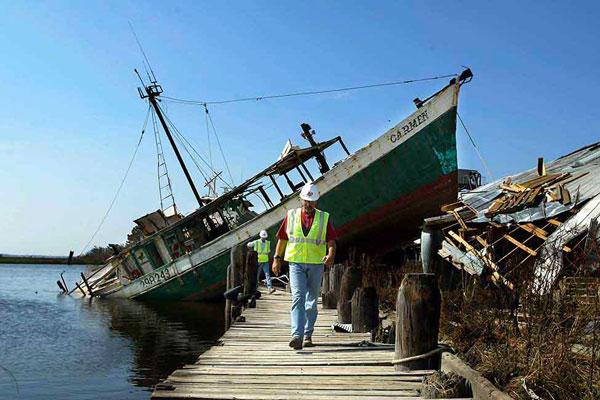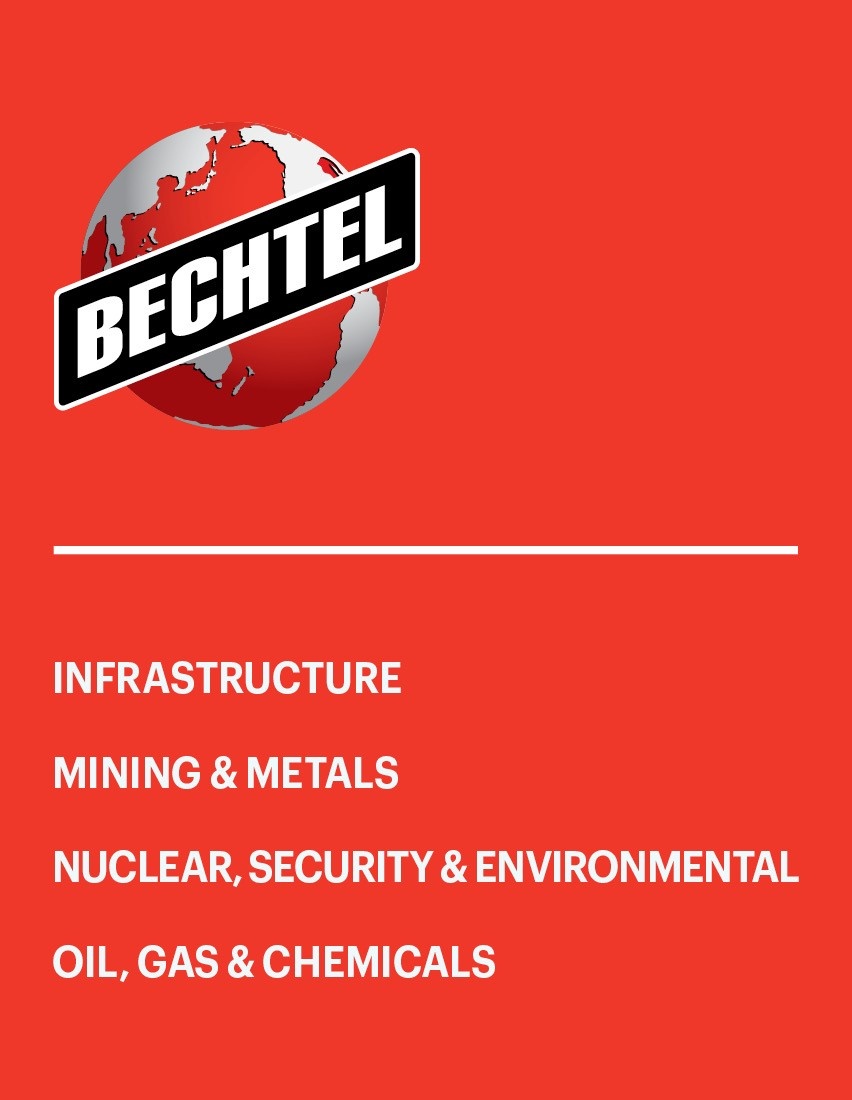Disaster Response and Recovery – Design Better. Then Build.
How Do We Win the Recovery After Harvey and Irma?

A guest post by Stephen Jordan and Steve Rochlin, co-founders of the Institute for Sustainable Development.
In the aftermath of Hurricanes Harvey and Irma, it is time to re-think our approach to disaster response and recovery. Since 1980, average annual disaster costs have doubled every decade. This is financially unsustainable. Just last year, after much debate, the Congress passed a surface transportation bill appropriating $300 billion for five years for the entire country. That’s how much current estimates peg the recovery from Harvey and Irma right now. The more we spend on localized emergency ad hoc responses, the less we can spend on strengthening the resilience of our country as a whole. We need to invest in environmental security as a prerequisite for public safety, risk management, economic growth, and fiscal restraint.
Historically, disaster recovery has tended to be framed by the pre-existing conditions in a particular place. If there were houses in an area, then houses would be re-built. If a bridge was damaged, it would be repaired. Some funds would be made available to “build back better”, but any modifications would be in the details, not necessarily in the systems. This is one of the reasons why we have seen significant donor fatigue in areas where there have been recurring extreme events like the wild fires in southern California and the response to the hurricanes that struck the Gulf Coast after Katrina. One donor that we asked about it said that, “she got tired of funding the same mistakes. There’s a moral problem with helping people put themselves back in harm’s way."
To borrow a concept from the military, we also tend to fight the last war instead of the next one. We have to anticipate future events, not just pay for the past.
INCLUDING ENVIRONMENTAL SECURITY IN DISASTER RESPONSE AND RECOVERY
Making wise investments to enhance our environmental security, upgrade our physical infrastructure and economic competitiveness, and make important improvements in how our community systems function could make a lasting impact that reduces the impact of future disasters and pays for itself economically and socially. This is why it is time to adopt a policy of “Design better, then build.”
The two preeminent examples of this mind-set are Germany and Japan. At the end of World War II, Germany and Japan were in ruins. And yet today, both Japan and Germany boast top five global economies. We take a lot of national pride that we helped to rebuild both countries. The Marshall Plan was incredibly generous. However, we did not give either country funding to rebuild their medieval forts and villages, or their narrow, winding lanes built for horse carts and pedestrians. We had learned the lessons from World War I well, and we wanted to help them modernize. As part of this process, we helped both countries build modern, integrated infrastructure designed for the 21st century and beyond.
As a result of this design thinking, everything from Osaka to Tokyo is integrated – roads, ports, airports, commercial, industrial, and other utility zoning and design. Similarly, German infrastructure is so well designed, that commercial linkages and environmental objectives are facilitated, but perhaps more importantly, economic growth is distributed and inclusive – an important driver of social cohesion. While individually disasters are unpredictable, in aggregate and over time, patterns emerge. Over the last sixty years of data, 16 states have borne the brunt of hurricanes. Eight states form the heart of Tornado Alley. The major geological faults on the West Coast and New Madrid are well known. Flood and drought zones are well known. Environmental security is not about managing some abstract new challenge. It is about anticipating and managing known threats.
ELEMENTS OF DISASTER RESPONSE AND RECOVERY PLANS
This concept could very well tie in to the national infrastructure agenda. Such a plan would entail:
- Shoring up of natural defenses and environmental security. For too long policy-makers and citizens alike have overlooked the vital role that natural habitats perform in preserving our security. Stewarding and refurbishing barrier islands, forest growth, storm water run-off and capture, greenways, wetlands, sand dunes, and other environmental features are vital in managing and mitigating the damage from floods, wind, storms, and fires
- Using technology to build “smarter” infrastructure – such as sensors, cameras, wiring, transmission and distribution devices – to make transportation and other public infrastructure better able to withstand extreme events while simultaneously enabling platforms for future economic growth and cost containment
- Social system support – the quality of services for low income and middle class Americans in the region need significant quality upgrades. Extreme events do not just cause pain during their peak activity – they exacerbate chronic stresses, and lead to ongoing failures that can be felt months, if not years later.
- Applying design thinking – in some cases, roads, houses, complexes, and the interface between the built and natural environments were originally laid out by British surveyors before the American Revolution. The way some towns were designed might have made sense in the horse and buggy era, but why follow the same path when we have new technologies and better materials and engineering? Isn’t it morally more responsible to design better, than to put people back into situations where they are inherently vulnerable?
In the upcoming debates, many numbers will be thrown around, but the key will not be how much money we spend, but how smartly we spend it. If we can develop effective plans and designs that incorporate multiple environmental, economic, and security objectives, we can stretch the money that we do allocate so that it does not serve solely to replace what has been lost, but helps lay the foundation for much to gain in the future. This is why one of the legacies of 2017, should be the adoption of a “design better, then build” strategic framework.

